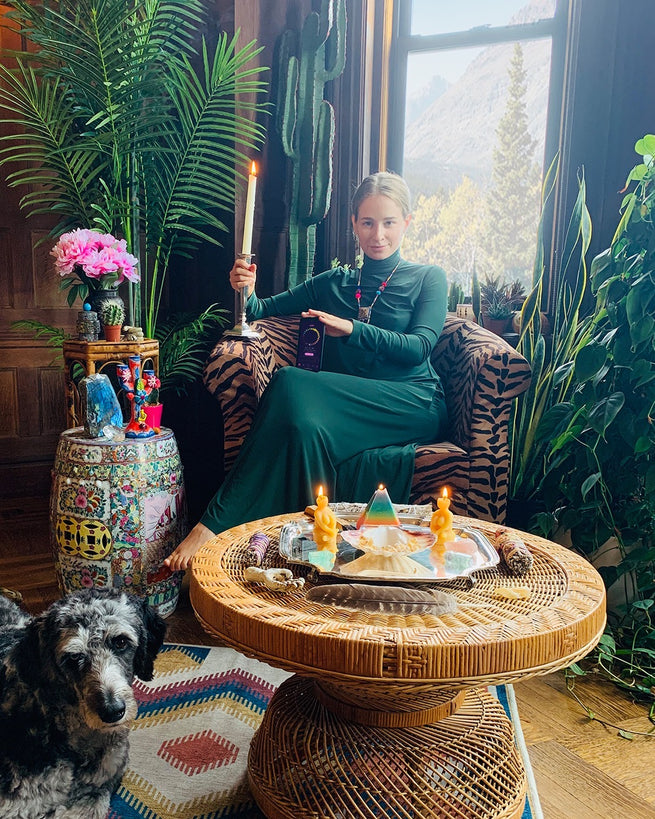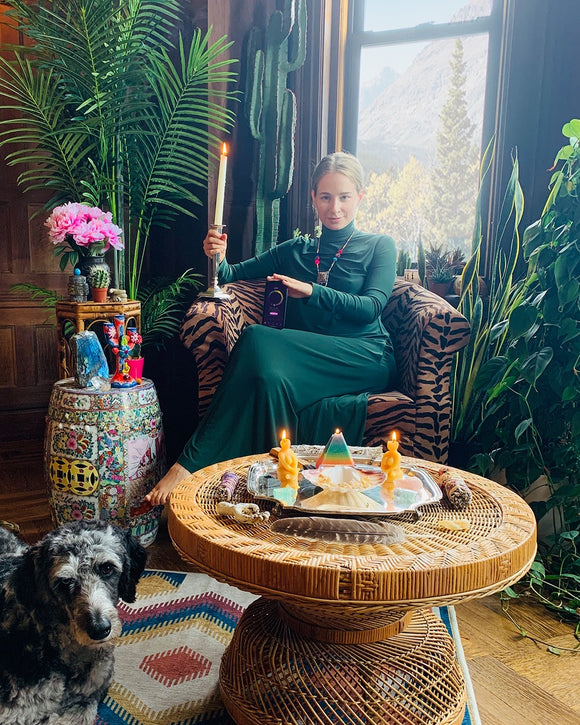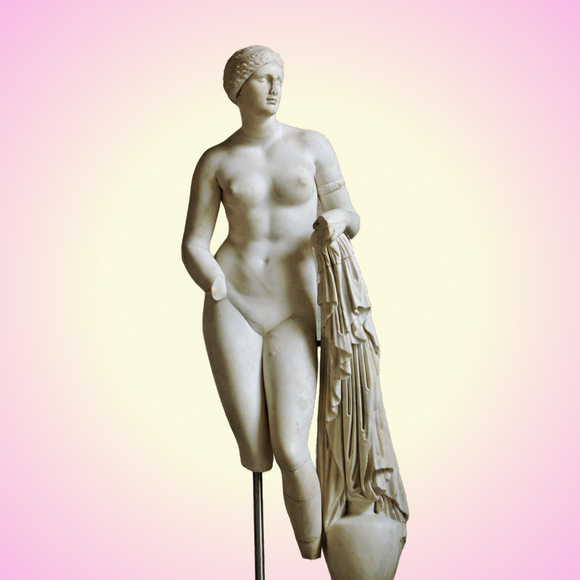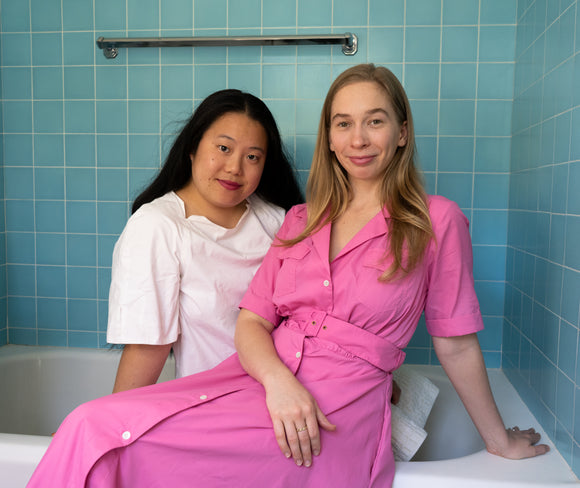
Interview with Courtney Sender
Shea Sweeney
A red line of thread that connects us
My first time hearing fiction writer and essayist Courtney Sender’s short story, “To Do With the Body,” was on the porch of an artist residency. It was dusk, a hot summer. She read it aloud. Her speaking voice reminded me of the way many singers’ voices embody the content of their songs. She delivered the story with evocative vulnerability, brutal honesty, and acknowledgement of the hard truths and uglier emotions that inhabit our bodies and minds when we experience heartbreak. The story is set in a museum of period clothes, a play on words in this case meaning a museum of clothes that have been stained by menstrual blood. The story hit me like a ton of bricks. I ruminated on why. Sometimes we can’t really know why certain art affects us so much, but I think in this case it had a lot to do with its bodiliness. The way it didn’t shy away from the physical experience of people who menstruate in tandem with the universality of heartache and the longing to be loved.
This short story originally appeared in prestigious literary journal, Prairie Schooner, and will be part of Courtney’s debut book, In Other Lifetimes All I’ve Lost Comes Back to Me (which was just announced this month and will be published in spring 2023), “a series of interlocking suites populated with past lovers who resurface, lost mothers and fathers with secret pasts, ghosts of the Holocaust and messages from the dead, collectively mining themes of isolation, love, loss, and longing.” Courtney’s work has been widely published in literary journals as well as The Atlantic and The New York Times’ “Modern Love.” I called her up recently for a candid conversation on art and the body.
“I love my period.” Courtney laughs. “I totally understand why a lot of people don’t love it, but I do. It makes me feel connected to ancestral knowledge. It’s a red line of thread that connects me to other women.” This connectivity of the self to the body and in turn, other people is a hallmark of Courtney’s work. “It’s interesting,” she says. “If periods and menstruation appear in stories at all, they are often used as plot points, not just as something that’s a normalized part of the character’s experience. There’s the coming-of-age storyline of getting your period or the drama of missing your period, getting pregnant. But that’s not really how we actually experience menstruation in our daily lives. It’s so much more ubiquitous than these singular moments.”
The Cheeky The Cheeky The Cheeky The Cheeky
Recommended For You
-

Cheeky Weekly #1
Welcome to The Cheeky Weekly! This is our space for sharing interesting reads, views and...Read more -

Rachel Moranis of Stardust
It’s happening in real time. Menstrual health and wellness is far less taboo than...Read more -

This Vagina Smells Like My Candle
In 2020 Gwyneth Paltrow’s infamous wellness company, Goop, debuted a $75 candle with the inscription, This Smells Like My...Read more











